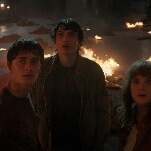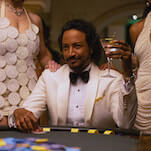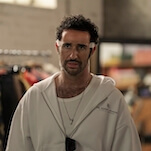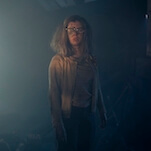Hannibal seems intent on becoming TV’s best show

The second-season premiere of Hannibal opens in medias res before cutting back several weeks to pick up the story in the immediate aftermath of season one. It’s the kind of storytelling device that normally irritates by going out of its way to open a potentially slow-building story with a moment of high tension. But it unquestionably works here. For one thing, the sequence that opens the premiere is huge and baroque, both of which make Hannibal so great. For another, the series subtly tweaks the fact that anyone who’s been invested in pop culture in the last 30 years knows where this story is going, but they don’t know the origins of the story. Hannibal is living proof that the fun of TV can be as much about process as results, and if the first two episodes of season two are any indication, then it has its sights set on nothing less than becoming the best show on TV.
Once that prologue is over, Hannibal slips back into what it does so well: telling the story of a deeply damaged crime solver and the brilliant psychopath who’s manipulating him at every turn. Showrunner Bryan Fuller frequently describes the series as a set of novels for TV, which means that each season will boast a subtly different status quo. And there are two major differences this season: First, as shown in last season’s finale, genius criminal profiler Will Graham (Hugh Dancy) is behind bars, framed for crimes committed by his therapist, Hannibal Lecter (Mads Mikkelsen), and second, Will now knows that Hannibal is the darkness that haunts his dreams, and it’s something he’s not willing to let go of, no matter how much others insist he must be a criminal. It’s a fascinating dynamic, and Fuller and company have lots of fun with doing visual homages to previous movies featuring Hannibal, only with Will in place of the madman.










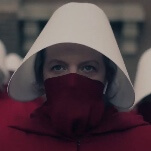


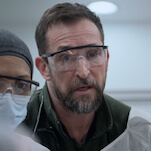

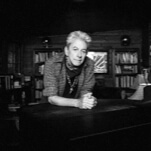



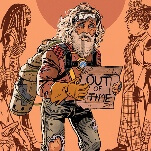








![Rob Reiner's son booked for murder amid homicide investigation [Updated]](https://img.pastemagazine.com/wp-content/avuploads/2025/12/15131025/MixCollage-15-Dec-2025-01-10-PM-9121.jpg)

